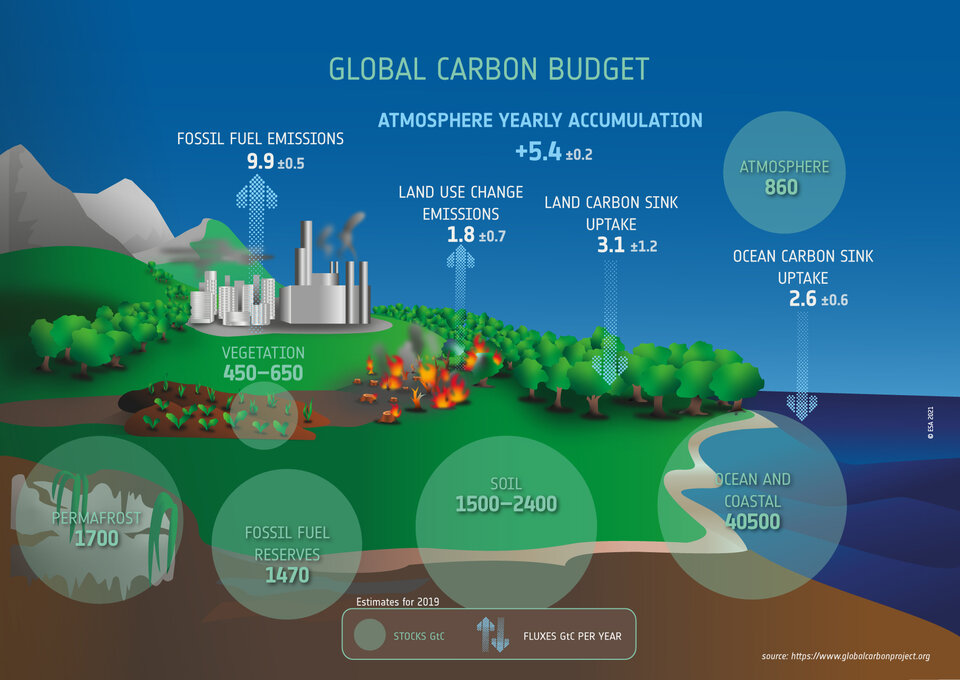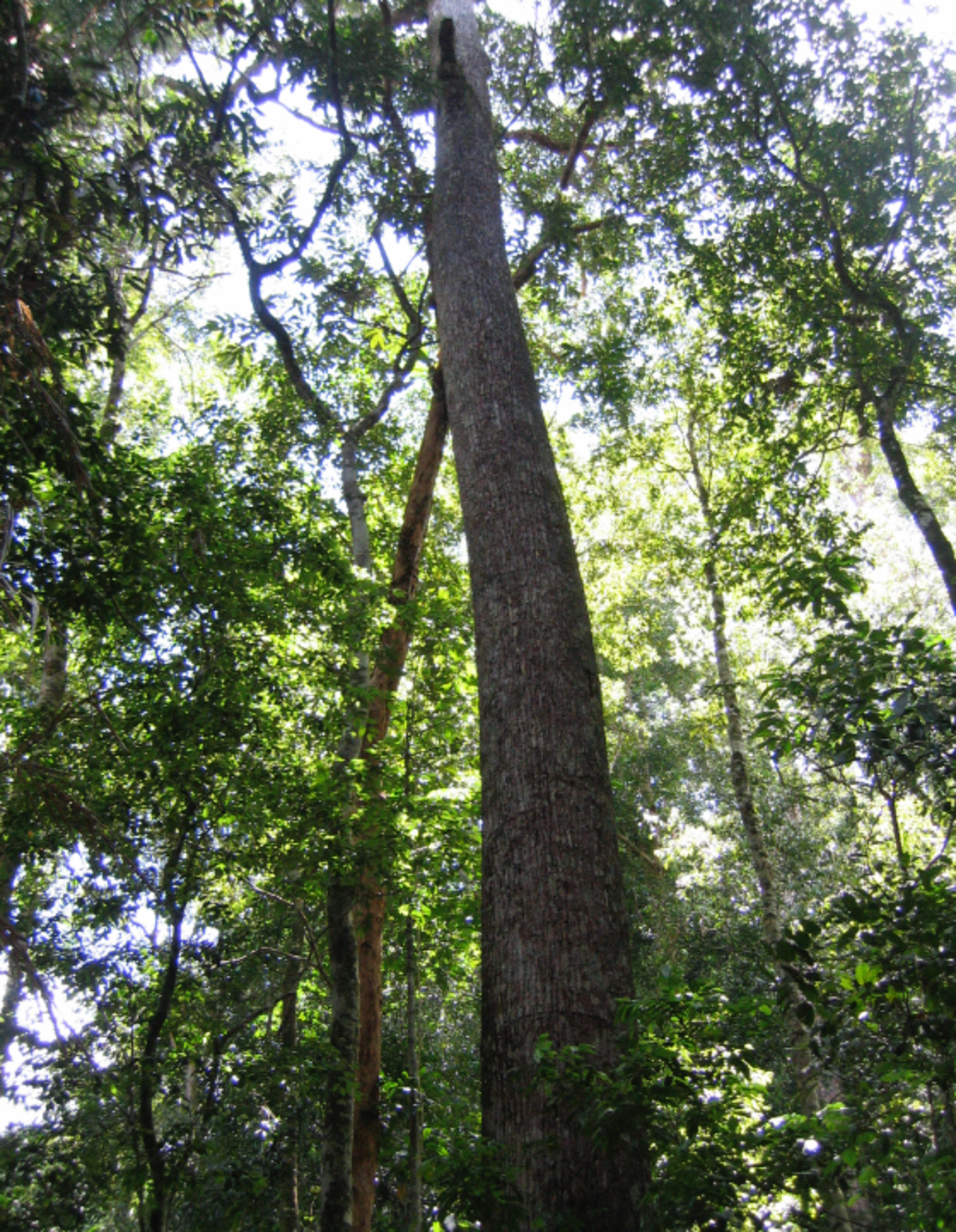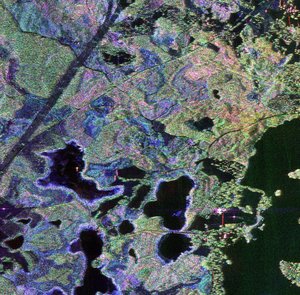Earth’s forests and climate
Through the burning of fossil fuels and deforestation, more and more carbon dioxide is being pumped into the atmosphere. Human activity has pushed atmospheric concentrations of carbon dioxide to almost 50% above pre-industrial levels found in 1850. Atmospheric carbon dioxide concentrations now stand at 417 ppm compared to around 278 ppm in 1850. According to the Intergovernmental Panel on Climate Change, human activity is estimated to have caused approximately 1°C of global warming above pre-industrial levels, with a likely range of 0.8°C to 1.2°C. Global warming is likely to reach 1.5°C between 2030 and 2052 carbon emissions continue to increase at the current rate.
While the call to address climate warming through the reduction of greenhouse gas emissions is high on the global agenda, much is still unknown about how carbon moves between Earth’s surface and atmosphere. Fundamental to understanding the global carbon cycle is accurate knowledge of how much carbon is stored in the atmosphere, ocean and terrestrial biosphere – the carbon stocks and the rate of flow, or fluxes, between these stocks.

While the burning of fossil fuel is estimated to account for around 88% of the additional carbon dioxide now in the atmosphere, the remainder has come from land-use change in the Tropics – mainly deforestation. However, there remains some mystery about the processes involved in the cycling of this carbon.
For example, the increase in concentrations of atmospheric carbon dioxide only accounts for about half of the emissions measured between 2007 and 2016 – therefore the other ‘missing’ half must flow back to Earth’s surface. Current estimates suggest that around 28% of the total emissions are taken up by the land and 22% by the oceans, but there are large uncertainties in these values, especially the land uptake.
The land-use change flux, which is the difference between emissions from forest loss and uptake of carbon dioxide by forest regrowth, has an uncertainty of about 54% of its estimated value.

As well as their importance in regulating the climate, forests are home to around 80% of biodiversity on land, and tropical forest alone produces over 40% of the oxygen we breathe. Covering around 30% of Earth’s land surface, we depend on forests for our survival, from the air we breathe to the wood we use. Forests also offer watershed protection and prevent soil erosion. Even given huge importance of forests to the health of our planet and to all its inhabitants, it has been calculated that, on average, 200 sq km of forest is lost every day.
With forest biomass representing a proxy for stored carbon, the Biomass mission will measure forest biomass, height and disturbance to address gaps in our knowledge of the carbon cycle. It will deliver data with the resolution and accuracy needed for international reporting on carbon stocks and terrestrial carbon models. Biomass’ observations will also lead to better insight into rates of habitat loss, and the impact this may be having on biodiversity in the forest environment.
In addition, the mission can be used to map subsurface geology in deserts and to map the topography of forest floors.
Back to Biomass homepage |








